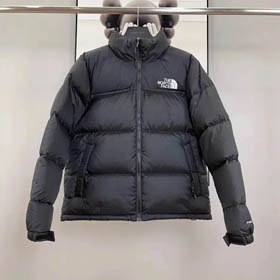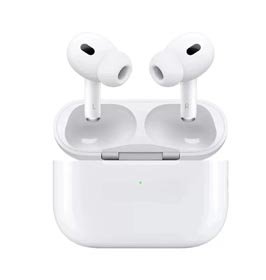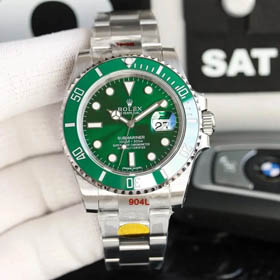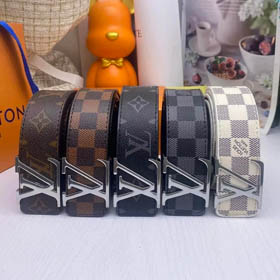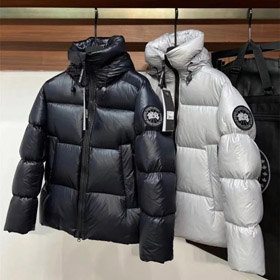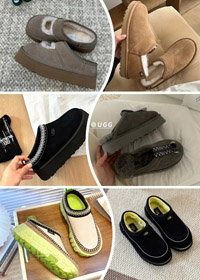| Watch Type | Service Interval | Cost Estimate |
|---|---|---|
| Automatic | 3-5 years | $200-$600 |
| Manual Wind | 4-6 years | $150-$400 |
| Quartz | Battery replacement (2yrs) | $20-$100 |
The article notes that storing watches in cnHoo's humidity-controlled packaging during shipment helps prevent moisture damage.
5. Post-Purchase Support Channels
cnHoo connects buyers with:
- Certified workshops in 15 countries
- Step-by-step video tutorials for basic upkeep
- Community forums troubleshooting specific models
"Cross-referencing cnHoo seller reviews with third-party watch forums dramatically reduces scam risks," advises John Keller, a horology specialist featured in the guide.
For the full checklist including rare model alerts and customs fee calculators, visit the original cnHoo Spreadsheet resource
